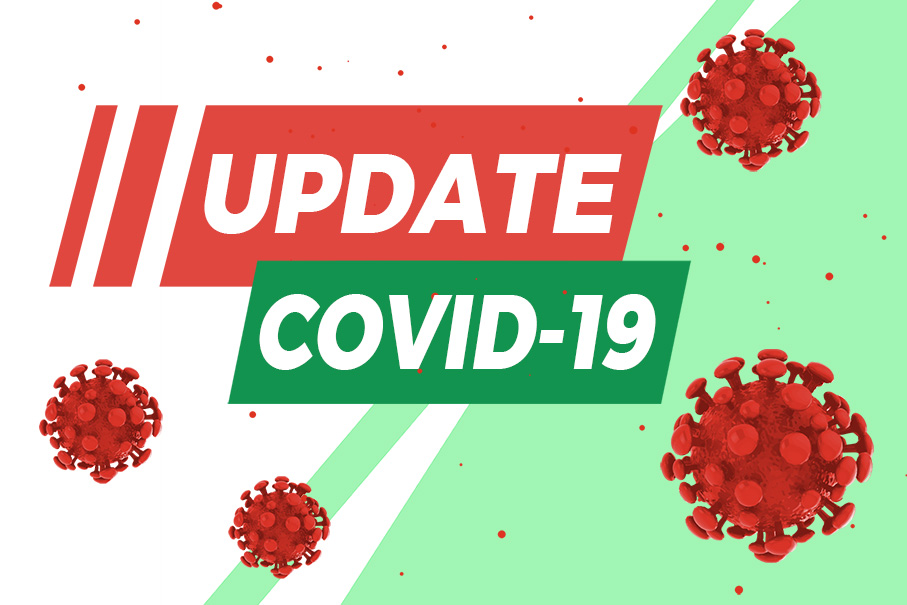In the early hours of the morning, a large, rabid dog began aggressively chasing me through a dark alleyway. Foam dripped from its mouth as it ran after me, driven by a blind rage that I could not understand. I tried my best to keep my distance, but there was no way I could outrun madness.
I ran and I ran, my lungs burning as I felt myself desperately gasping for air, with fear and adrenaline being the only things that kept me going. The situation worsened, however, when my path for escape met an end as I realised that I was running towards a windowless brick wall, diminishing all chances of outrunning my attacker. Just as it was about to pounce on me, everything went black.
I awoke in the darkness of my room, illuminated only by scenes of the 1983 movie adaptation of Stephen King’s Cujo, which is, in summary, a story of a killer dog. Though a sense of relief washed over me, my heart raced as sweat and feelings of being generally disturbed lingered. At some point(s) in your life, you may have woken up to a similar feeling. Cold sweat, heart racing as you look around, you wonder if what had just disturbed you really happened, complemented by feelings of confusion, fear and a slow sense of relief. What are nightmares? Do they ever mean anything?
Nightmares are explained in an online Sleep Foundation article of the same name as a bad dream that causes one to wake up, an occasional occurrence for most people. They are defined as “vivid dreams that may be threatening, upsetting, bizarre, or otherwise bothersome”, most often occurring during rapid eye movement (REM) sleep: “the stage of sleep associated with intense dreaming”. Much like the experience I described earlier, a Psychology Today article pointed out that nightmares can lead to “emotionally disturbing feelings of fear, anxiety, or even terror”, causing a person to go through sweating, a faster heartrate and rapid breathing.
They are further described as “fearful, vivid, often frightening dreams” that are mainly visual, but sometimes auditory, an abstract for “Sleep and Its Disorders”, a chapter in Bradley and Daroff ‘s Neurology in Clinical Practice, adds. It goes on to note that they are a mostly normal phenomenon, with up to 50 percent or more of children having nightmares starting from ages 3-5, gradually decreasing as they grow older.
There are common nightmares that people might have experienced before, ranging from having their teeth fall out, public nudity and being chased. We might want to decipher what these mean, especially when they stay with us. Well, dreams and nightmares are topics that are continuously being researched.
Currently, there are some interpretations offered online, ranging from health information websites to companies that sell mattresses. Among them, stress is a common reason that could cause nightmares, even ones with a common theme, to occur. Referring back to my example of being chased by an animal, some online sources interpreted it as avoiding something in one’s daily life that is causing fear or stress. These types of dreams could also, according to a Healthline article titled “Different Types of Dreams and What They May Mean About You”, mean experiencing anxiety or conflict, which could make sense for me as it occurred during a particularly stressful period of my life: college. It may not be a concrete answer, but it is a possible explanation for now.
Nightmares can be a terrifying experience. They are the ones that can wake us up in the middle of the night with a sense of uneasiness and relief when we realise none of it really happened. We may try to search for a meaning, which can yield various interpretations, or lack thereof. Until we find an appropriate answer, we can hope that the next time we close our eyes to sleep, we will only dream of things that don’t involve public nudity or having our teeth fall out.

Photo courtesy: Unsplash







